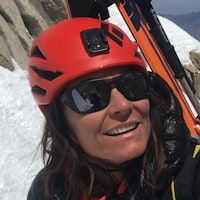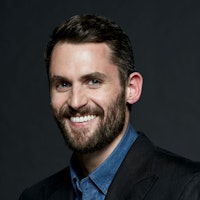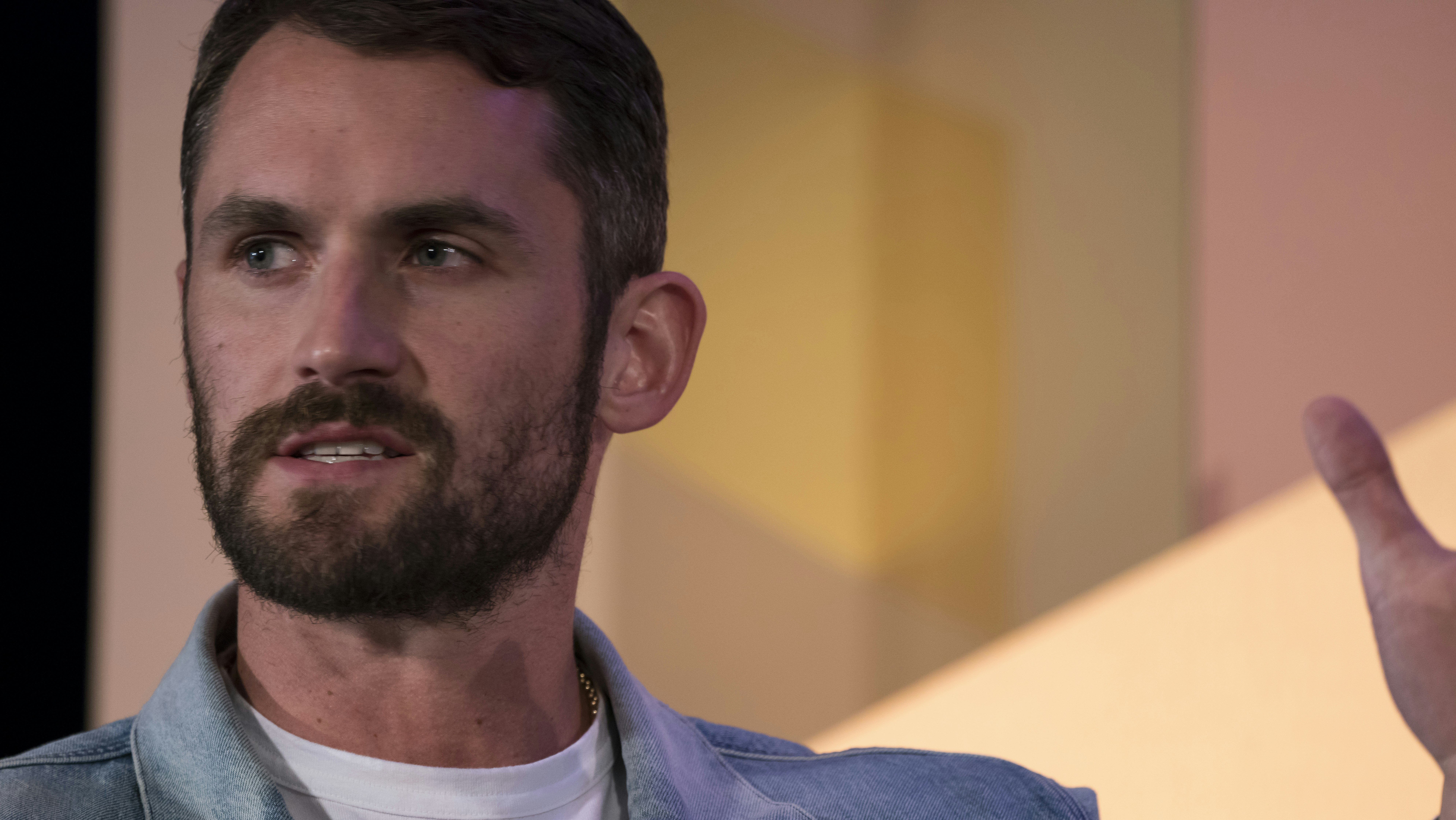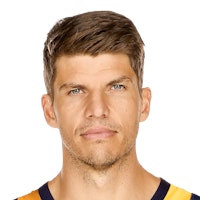

Is 40 the New 20 for Pro Athletes?

Over time, your body talks to you. If you’re willing to listen, it tells you what you need.
Setup
Williams, Jordan, James, Brady. They’re among a growing class of the superstar athletes delivering career-best performances well past what's been considered peak age for their sports. As this phenomenon becomes more common, it begs the questions how and why now? How are experience and maturity winning out over inevitable, natural physical decline? Athletes in the 30s and 40s — Kevin Love, basketball player for the Cleveland Cavaliers, Kyle Korver, ball player for the Utah Jazz, and Hilaree Nelson, professional ski mountaineer, share details about the training and lifestyle changes that are keeping them as strong as their younger selves.
Training has improved because science has improved
Kyle Korver’s professional basketball career has evolved. When he entered the NBA 16 years ago, he remembers spending hours in the gym shooting baskets. “But then, once you’ve developed that love and appreciation and you want to keep on going, you have to get smarter,” he says. Technology has helped him train more wisely.
NBA all-star Kevin Love agrees technology and science have led to more targeted training for professional athletes. Training is now customized for what position you hold on a team. As the power forward/center for the Cleveland Cavaliers, Love trains differently than Korver who’s a guard/forward. “I have to play powerful. I have to be able to play in the pain. I have to be able to hold guys off.” Outside of the gym, Love incorporates meditation, massage, and sleep into his training plan.
Sleeping in a tent in the snow — not so much
Hilaree Nelson, professional ski mountaineer, struggles with motivation now that she’s in her 40s. She’s been on four dozen expeditions, including a first ski descent of the world’s fourth highest peak, Lhotse. These trips require lots of planning, logistics, and often, uncomfortable situations. “[The idea of] spending night after night in a tent in the snow is not that sweet anymore.” To keep her passion alive, she says she works to lighten the mood.
Big IdeaI like to add a little bit of humor into what I do and make it fun and realize that I love it, and find the right people to train with. That gives me the motivation, and that keeps me going.Hilaree Nelson
Kevin Love's life change
Shortly into his professional basketball career, Kevin Love knew he had to make a change. When he entered the NBA, he weighed too much — 280 pounds. ”I was the guy who had the appetite of a kid at an unchaperoned birthday party,” he says jokingly. But the weight was no joke. NBA games were more frequent and the players more aggressive than in college. “I knew very quickly that my body wasn’t going to hold up over time unless I made a change.”
An unconventional (and unintentional) diet
Before mountaineer Hilaree Nelson heads out on an expedition, she intentionally puts on weight. “I have to eat a lot of protein and carbohydrates,” she says. At altitudes of 20,000-plus above sea level she says she burns 6,000 calories a day doing nothing. An added challenge is that altitude causes a loss of appetite. “It’s a race against time in maintaining your physical strength and finishing your climbing within this window before you’re emaciated.”
Forget that cheeseburger: you’re less hungry at higher altitudes
The secret to finding the right balance
When it comes to a training routine, basketball player Kyle Korver says he tries to find balance. “I think one of the biggest challenges is finding energy. Basketball takes a lot of energy and then I have to go home and be a dad.” Korver, who’s the father to three children under six years old, says finding time for wrestling, tickling, and playing ball is key. “So, I have game day naps and I gotta try and be in bed by a certain time. On the road is where I do my massages because it’s not taking away time from my family....You still gotta live,” he says.
Learn More
Additional Information
Resources
Explore More
Society

As we wrap-up another year of elevating big ideas at Aspen Ideas: Health, we're excited to share the 15 most-watched sessions from the event. These conversations with inspirin...


Young people in America are struggling. The causes are varied and may not be entirely clear, but the results are unfortunately unmistakable. Many of our youth feel lonely, iso...

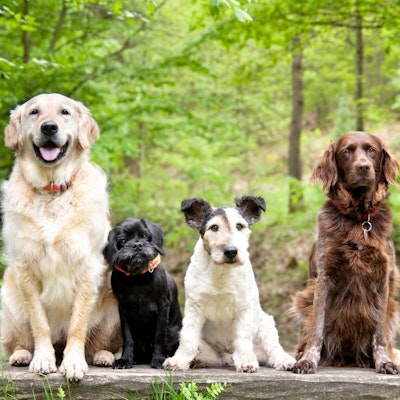
Research on aging and extending life and healthspan has ventured beyond humans to our best animal friends – dogs. In less than a year, dog owners may be able to buy a drug tha...
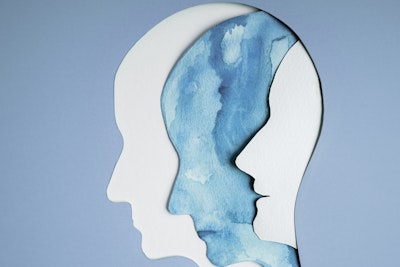
In America, millions of people struggle with mental health including depression, anxiety, and more — all further exacerbated by living through a pandemic. The National Allianc...

Our attitudes, habits, pleasures, and responsibilities shift across the generations, influencing the health challenges we face and how we respond to them. Expectations about h...

Friends, partners, children, families, coworkers — these connections profoundly shape our lives, and even in the best of times, navigating them takes real work. It also means...

New York Times columnist and bestselling author David Brooks is known for bringing his thoughtful reflections on politics and culture, but at this year’s Aspen Ideas Festival,...

Jump in by watching our 15 most popular talks of all time. From black holes to jazz and civil rights to psychology hacks, we've collected the talks that remain audience favori...

Finding the national and global headlines understandably bleak lately? Whether you need mental distraction or stimulation, engross yourself in compelling topics and get a gli...

The United States spends $4.3 trillion—almost one fifth of the nation’s GDP—on health care. As the scale of the medical enterprise expands, venture capitalists are pursuing th...

Today's kids are coming of age against a backdrop of political, social, technological and economic upheaval. While these circumstances are shaping a precocious generation that...


Hope seems like a simple concept, but the feeling can be difficult to hold onto. And when times are difficult and chaos swirls around us, it’s more important than ever. How do...

Advocates, healthcare providers, legislators, researchers, and venture capitalists are bringing the unique health needs of women to light – from vigorous policy debates on iss...

From the debate over reproductive rights to the epidemic of gun violence to the youth mental health crisis, this year's Aspen Ideas: Health sessions tackled many of today's mo...

The recognition that all things are connected is at once a scientific principle and a philosophical touchstone. Humans, animals, and the environment are intertwined in complex...

Ethical dilemmas, stakeholder pressure, building trust — leading organizations requires wisdom and stamina from the top. Who wouldn’t want some advice?

What makes us happy — really? How can we raise resilient and empathetic children? What does it mean to be truly connected in our increasingly digital world? Can we re-instill...

Our need for human connection is profound and deep. Yet, today, one in two adults are living with measurable levels of loneliness – and the numbers are even higher among young...


Conflict and suffering can bring out the worst in people, but it can also bring out the best. This is one of the lessons New York Times columnist Nicholas Kristof has learned...


The federal right to abortions in the United States has been overturned, access to contraception and IVF services are threatened in many states, and the gender wage gap persis...






